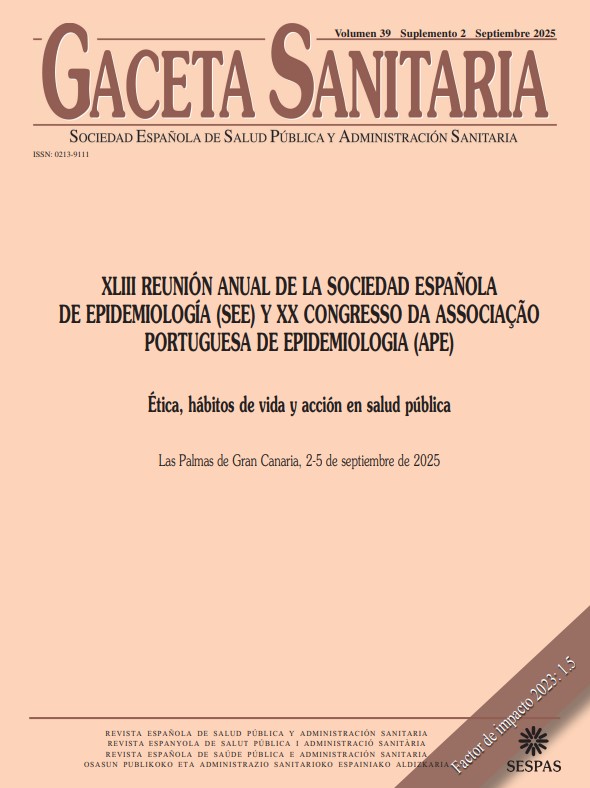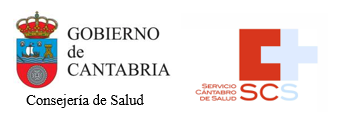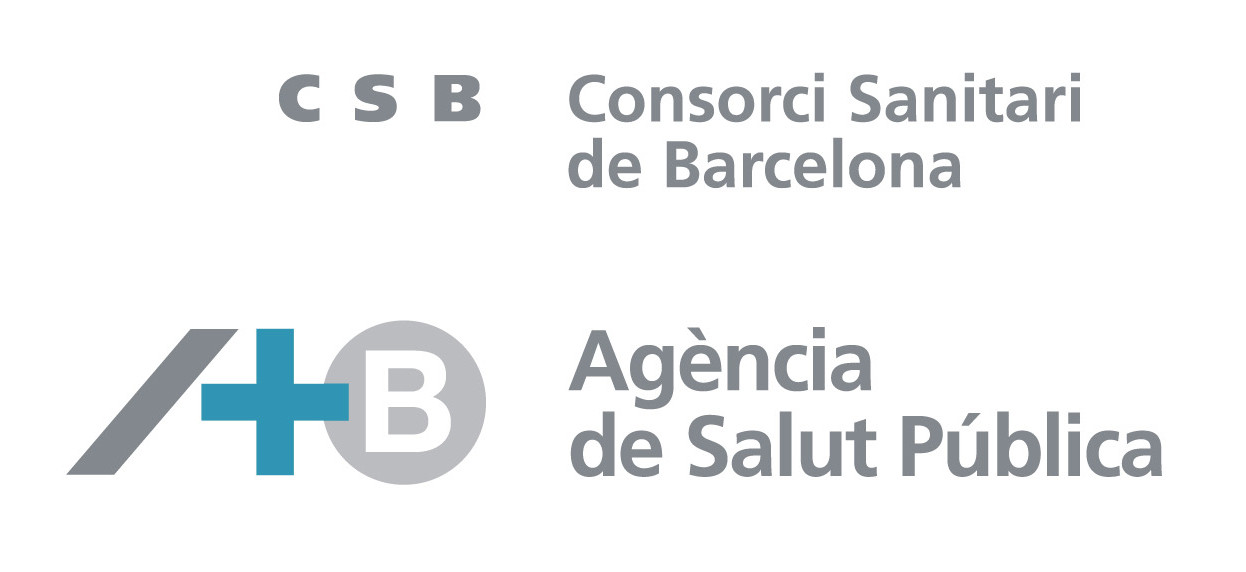625 - MEASURING AGREEMENT BETWEEN SPORT FACILITIES DATABASES ACROSS SOCIOECONOMIC DIVIDES: AN OBCT STUDY
Universidad de Alcalá; VU Medical Center Amsterdam.
Background/Objectives: Measuring access to sports facilities is essential to describe the obesogenic environment. Existing data sources -official, commercial, or volunteered- differ in purpose and coverage, introducing potential biases. We hypothesize socioeconomic disparities in data coverage across neighborhoods. Our aim is to assess the agreement between three secondary databases, in Madrid, using different methodological approaches at the neighborhood level.
Methods: We defined sport facilities as formal indoor or outdoor physical activity facilities, regardless of ownership, designed for moderate to vigorous intensity sport and exercise activities. We retrieved data on sports facilities from the administrative records (AR) of Madrid City Council, commercial data from Google Maps (GM), and volunteered data from OpenStreetMap (OSM) using their respective Application Programming Interfaces. We designed a three-step approach to measure agreement. First, we ran a one-to-one facility match and estimated sensitivity, positive predictive values and concordance of OSM and GM against AR, our 'Gold-Standard', for each neighborhood (n = 131). Second, we compared kernel density surfaces generated from AR, GM and OSM data on sport facilities to map areas of higher density disagreement with a higher spatial resolution. Third, we analyzed whether agreement varied by area-level socioeconomic status.
Results: We found a low agreement from the one-to-one match analysis for both data sources, that was higher for GM (112 facilities) than for OSM (64 facilities). For the city center, for example, we found higher levels of sensitivity (0.57 vs. 0.25), positive predictive value (0.34 vs. 0.33) and concordance (0.27 vs. 0.17). We found similar results from kernel density surfaces analyses, that also showed a better agreement between sports facilities’ densities for GM than for OSM. In addition, we observed a differential bias: both secondary databases showed a lower agreement in more socioeconomically disadvantaged neighborhoods.
Conclusions/Recommendations: Our methodology showed a better agreement for GM than for OSM and a considerable spatial bias of sport facilities data coverage by neighborhood-level socioeconomic status. Understanding these biases can improve exposure assessment, enhance regional comparability and inspire bias-correction methods. Future research should analyze whether there are other contextual factors influencing data coverage.
Funding: OBCT project funded by the European Union grant agreement 101080250.















